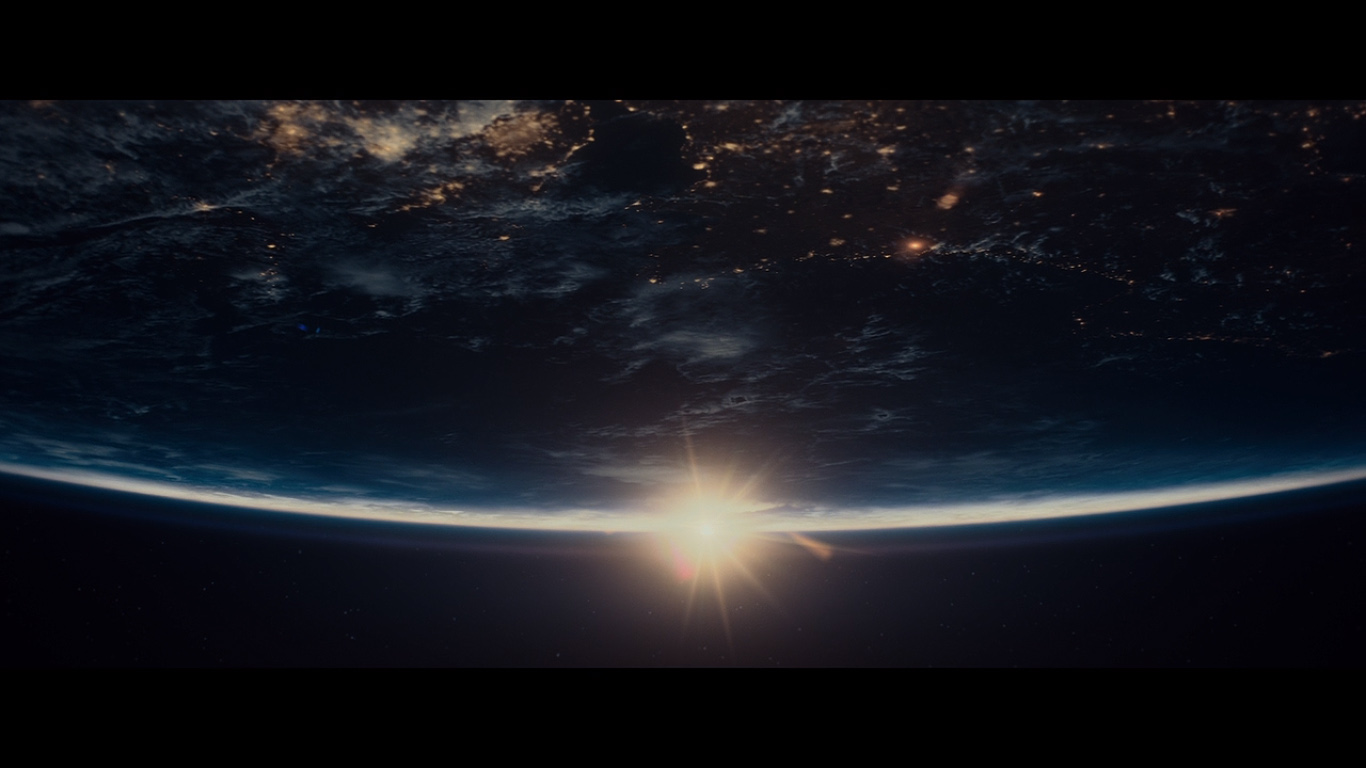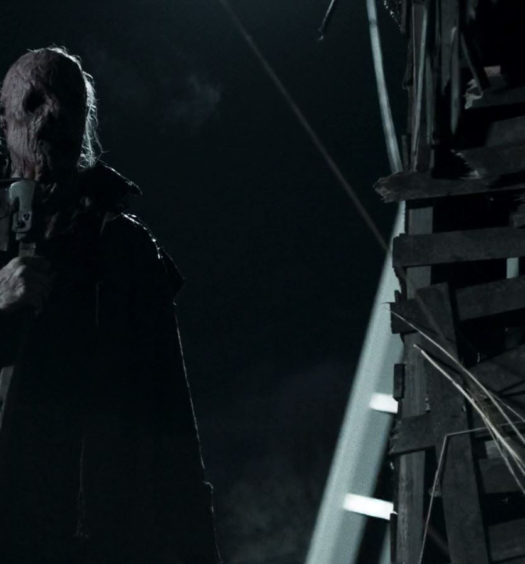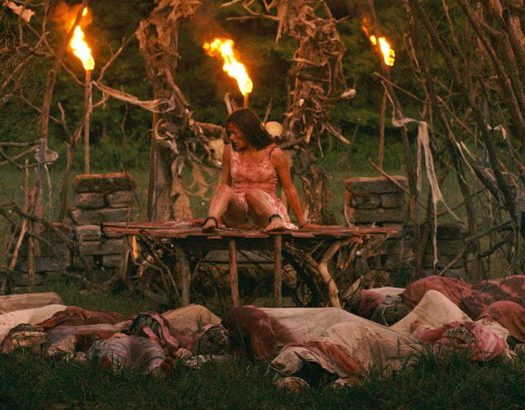Warning: This post contains spoilers for Split and the Cloverfield films.
So, you want to create a cinematic universe, eh? Well, there are a few schools of thought on how to get there. First and foremost, you could build one. For a successful example, look no further than Marvel Studios. (Or look to Universal’s Dark Universe for an unsuccessful one.) But what if you decide to create a universe from properties that already exist? Even within the obscure sub-genre of retconned cinematic universes, we still see variation in approach. Broadly speaking, you can write your way ass-backwards into one. Or, if you got yourself a little ‘fuck you’ money to throw around, you can buy one.
As a filmmaker, which approach should you take? In this article, we’ll examine examples of each and let you draw your own conclusions. First up is the man with the roller-coaster career, M. Night Shyamalan. Fresh off a string of whiffs (and with a bit of restored faith after the financial success of The Visit), Shyamalan roared back to form last year with Split.
“M. Night Shyamalan’s own career is as “split” as the main character in his latest success.”

But M. Night isn’t alone. Sci-fi nerd hero J.J. Abrams also threw his hat into the retconned cinematic universe ring. Leveraging his massive success, J.J. brought us 2016’s 10 Cloverfield Lane and, most recently, The Cloverfield Paradox.
Both J.J. and M. Night succeed financially, with mixed, but mostly favorable, critical acclaim. While the merits of Paradox is a matter of debate, most agree that 10 Cloverfield Lane largely succeeds on the strength of a tense story and solid performances. Similarly, takes on the third act of Split vary, but few deny that acting talents Anya Taylor-Joy and James McAvoy carry this film beyond all expectations.
Therefore, let’s examine each film’s history and path to the big (or small) screen in detail to see what we can learn.































